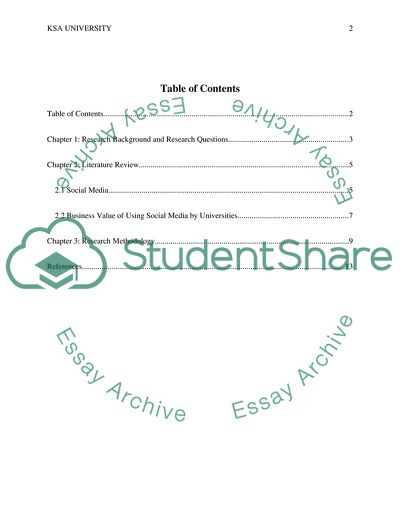Cite this document
(How large KSA university can use Twitter and other social media to Research Proposal, n.d.)
How large KSA university can use Twitter and other social media to Research Proposal. https://studentshare.org/e-commerce/1809513-how-large-ksa-university-can-use-twitter-and-other-social-media-to-gain-business-value
How large KSA university can use Twitter and other social media to Research Proposal. https://studentshare.org/e-commerce/1809513-how-large-ksa-university-can-use-twitter-and-other-social-media-to-gain-business-value
(How Large KSA University Can Use Twitter and Other Social Media to Research Proposal)
How Large KSA University Can Use Twitter and Other Social Media to Research Proposal. https://studentshare.org/e-commerce/1809513-how-large-ksa-university-can-use-twitter-and-other-social-media-to-gain-business-value.
How Large KSA University Can Use Twitter and Other Social Media to Research Proposal. https://studentshare.org/e-commerce/1809513-how-large-ksa-university-can-use-twitter-and-other-social-media-to-gain-business-value.
“How Large KSA University Can Use Twitter and Other Social Media to Research Proposal”. https://studentshare.org/e-commerce/1809513-how-large-ksa-university-can-use-twitter-and-other-social-media-to-gain-business-value.


